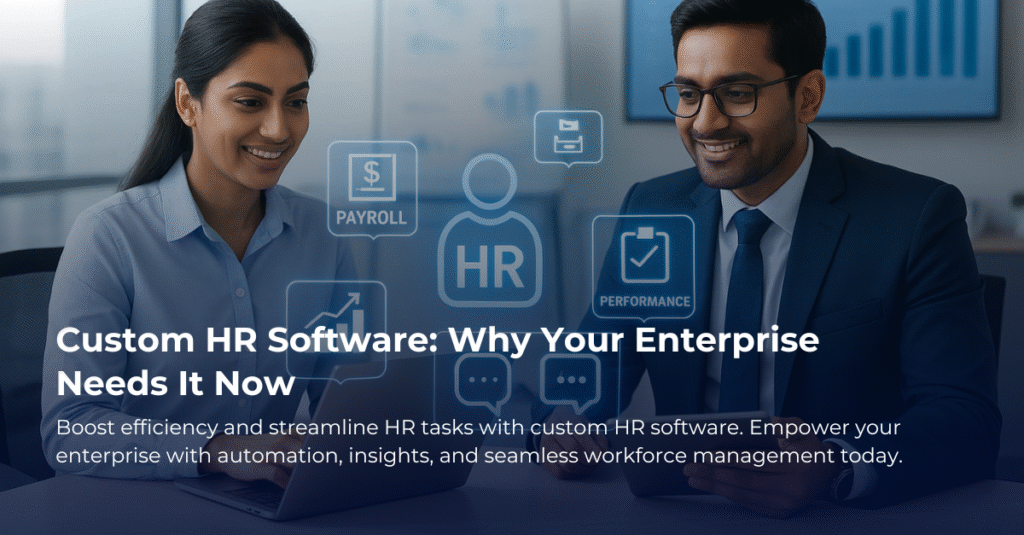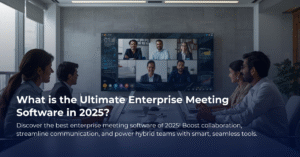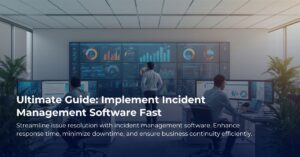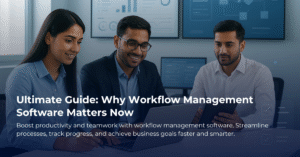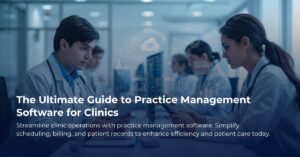Understanding Custom Human Resource Software for Enterprises
So, you’re intrigued by the idea of building custom human resource software for your business. Maybe you’ve heard some buzz about it, or perhaps you’ve spoken with colleagues who swear by it. But when it comes down to it, what exactly does this mean for you and your business? Let’s dive into this topic over a cup of coffee.
Many people assume that all Human Resource (HR) software is pretty much the same, simply a collection of features that handle payroll, benefits, and employee records. But here’s the thing: off-the-shelf solutions are often like one-size-fits-all clothing. They might fit well enough for some, but they don’t always meet everyone’s needs perfectly. Custom software, on the other hand, is designed specifically for your business. It’s like having clothes tailored just for you, ensuring everything fits just right from the get-go.
Why Consider Custom HR Software?
There are several compelling reasons to think about building custom HR software:
- Unique Needs: Every business operates differently. You might have specialized workflows, reporting requirements, or compliance issues that generic software can’t accommodate.
- Scalability: As your business grows, your HR needs will evolve. Custom software can be designed to adapt over time, ensuring you aren’t stuck with a solution that becomes outdated.
- Integration: Many businesses use multiple software solutions. Custom HR software can be built to seamlessly integrate with other systems you already use, streamlining your processes.
Real-World Insight: What Does Custom Software Look Like?
Imagine you have a booming company with different teams working on distinct projects. Off-the-shelf HR software may only allow you to organize employees in a general way, but what if you need to track teams by project or skill set? Custom software can build a feature where you can create unique profiles for employees that highlight their project involvement and skills, making it easier to manage talent efficiently.
So, What’s the Process Like?
Building custom software usually involves a few key steps:
- Consultation: You would typically start by discussing your specific needs and pain points with a tech consulting team. This is where they learn about how your business operates and what you hope to achieve.
- Designing the Solution: After understanding your needs, the developers draft a plan or prototype, outlining how the software will function. This is a collaborative process where your input is crucial.
- Development: This is where the magic happens. The technical team builds the software based on the design, incorporating your feedback throughout.
- Testing and Feedback: Before going live, the software is tested thoroughly. You will have the chance to use it and provide feedback. This step ensures that everything works as intended and meets your expectations.
- Launch and Support: Once everything looks good, your custom HR software goes live. Most developers provide ongoing support to help you with any issues that arise and to adjust the software as your business grows.
What Should You Keep in Mind?
While custom software offers many benefits, it’s also essential to consider a few things:
- Cost: Custom software can be a significant investment, so it’s vital to weigh the long-term benefits against the initial costs.
- Commitment: Development takes time. Be prepared for a journey that may take several months to a year, depending on complexity.
- Collaboration: You’ll be closely involved in the process. Your input and feedback will be essential for achieving a product that truly fits your needs.
Final Thoughts
Building custom HR software can transform how you manage your workforce and improve your overall efficiency. While the process requires careful planning and engagement, the ability to tailor the solution specifically for your business is incredibly rewarding. So, next time you think about HR software, remember that it doesn’t have to be a cookie-cutter approach. It can be a unique solution that meets the specific needs of your enterprise.
Got any more questions? Feel free to reach out, and let’s chat!

